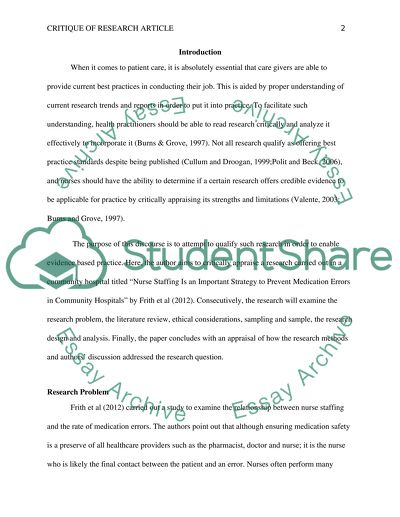Cite this document
(“Critique of Research Article: Nurse Staffing Is an Important Strategy Essay”, n.d.)
Critique of Research Article: Nurse Staffing Is an Important Strategy Essay. Retrieved from https://studentshare.org/nursing/1469715-critique-of-research-article-nurse-staffing-is-an
Critique of Research Article: Nurse Staffing Is an Important Strategy Essay. Retrieved from https://studentshare.org/nursing/1469715-critique-of-research-article-nurse-staffing-is-an
(Critique of Research Article: Nurse Staffing Is an Important Strategy Essay)
Critique of Research Article: Nurse Staffing Is an Important Strategy Essay. https://studentshare.org/nursing/1469715-critique-of-research-article-nurse-staffing-is-an.
Critique of Research Article: Nurse Staffing Is an Important Strategy Essay. https://studentshare.org/nursing/1469715-critique-of-research-article-nurse-staffing-is-an.
“Critique of Research Article: Nurse Staffing Is an Important Strategy Essay”, n.d. https://studentshare.org/nursing/1469715-critique-of-research-article-nurse-staffing-is-an.


